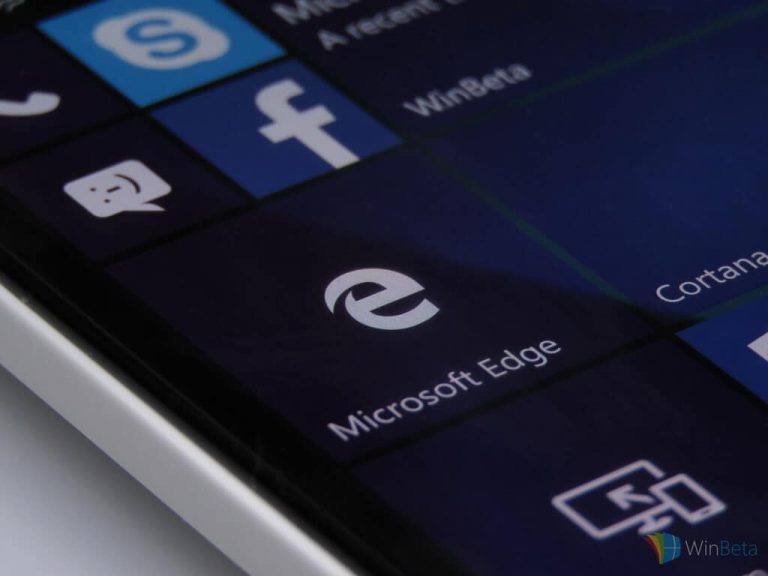Microsoft’s Research arm has been on the forefront of tackling industry shifting concepts and paradigms such as using web search data to diagnose serious illnesses, identifying humans by their electrical fields, creating smarter roads for autonomous vehicles or more recently, ways to secure data exchanges in the cloud.
While most of Microsoft’s Research projects lean towards loftier big-picture results, a new collaboration may point towards the research division addressing a more immediate concern by people and that is tackling the user experience when mobile browsing.
As mobile browsing continues to consume an ever larger share of Internet services, the stakes of improving the mobile user experience have never been greater.
That’s one of the reasons that Microsoft Research Asia (MSRA) and Peking University are embarking on a joint project to raise the quality of user experience (QoE) for mobile browsers. Building on the success of earlier collaborations, MSRA researcher Yunxin Liu will once again join forces with Xuanzhe Liu, associate professor at the university’s School of Electronics Engineering and Computer Science.”
The nuts and bolts of the collaborative research effort focus on QoE issues in mobile web browsing. Research into the problems of QoE mobile browsing isn’t a new endeavor and in fact, published research papers in IEEE Transactions on Mobile Computing and WWW have helped jumpstart the collaborative investigation into correcting the issue. The previously published papers have shown that “mobile web browsing suffers from an imperfect cache mechanism.”
The caching conclusions follows the study of one month of version traces from over 100 popular web apps that have helped point out three root causes for the weak mobile cache performance surfaced:
- Same content. The same resources have different URLs when requested at different times.
- Heuristic expiration. The caching policy is not explicitly defined by the server and thus it depends on browsers to infer an expiration time.
- Conservative expiration time. The expiration time is set to be too short.
But enough about the issues, here is what Microsoft’s Research arm is planning to do to help mitigate or even fix regarding QoE mobile web browsing. It boils down to a balancing act of requesting and pre-fetching that would occur in the cloud and also on device to speed up mobile web browsing.
The findings enabled the team to design and implement a dual-proxy system to optimize the QoE of mobile web browsing. Consisting of a remote proxy on the cloud/cloudlet and a local proxy on a client device, the system differs from traditional proxies that remain largely limited to simple request forwarding and cache lookup. The improved remote proxy can proactively crawl and render webpages from web servers. It can store all the downloaded resources in loading each webpage as well as build a resource loading graph for the webpage. As a result, proxies can now determine the resources required to load the webpage. And crucially, they can optimize the order in which they should load.
According to Lily Sun, a research program manager at Microsoft Research Asia, the dual proxy solution has already produced viable success. Using the proposed dual proxy solution, researchers have noted a 43.1 percent reduction time in mobile web browsing while also cutting network data transmissions by close to 57.6 percent. However, by its design, the new process does incur some system overhead, but Sun assures that the result is marginal at best so far.
Hopefully, the Microsoft Research collaborative effort will be able to get its research into billions of hands suffering from poor mobile web experiences currently.


